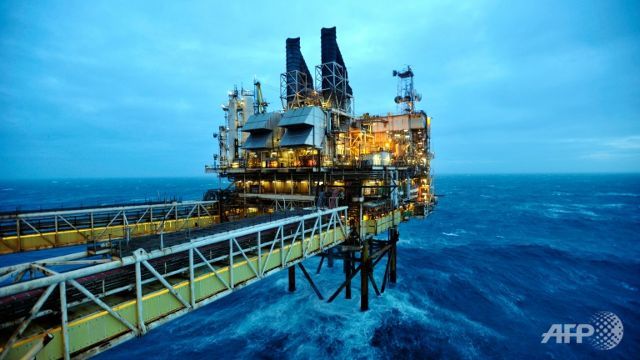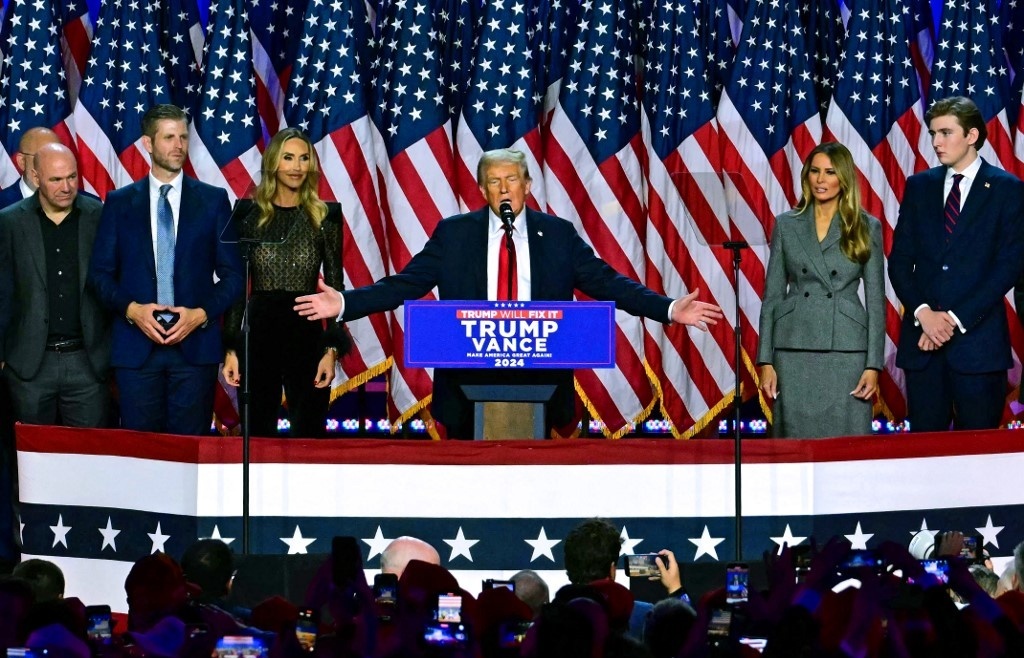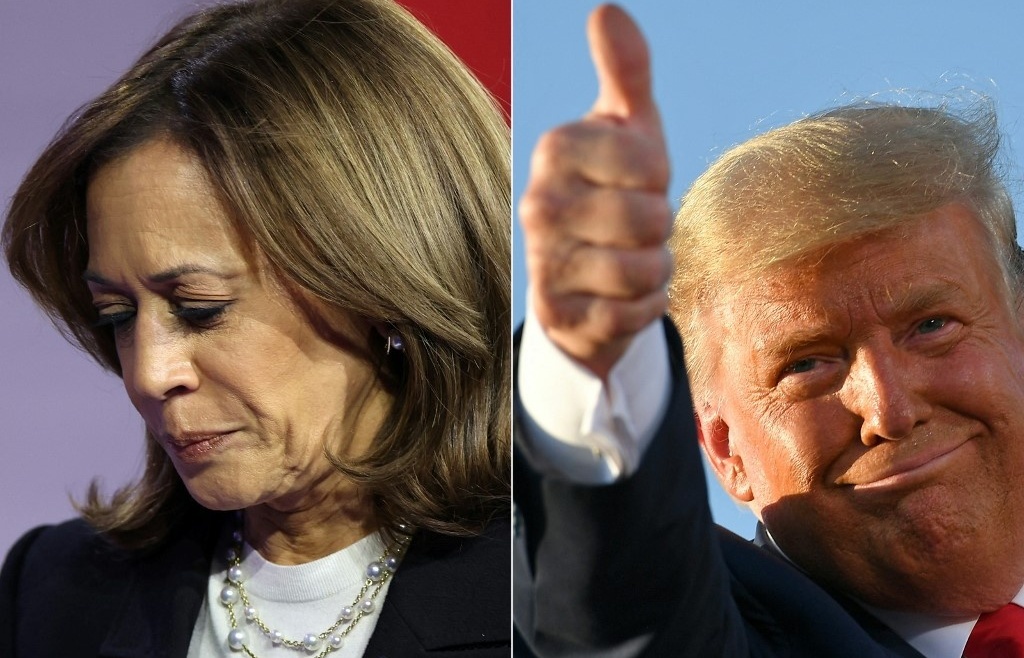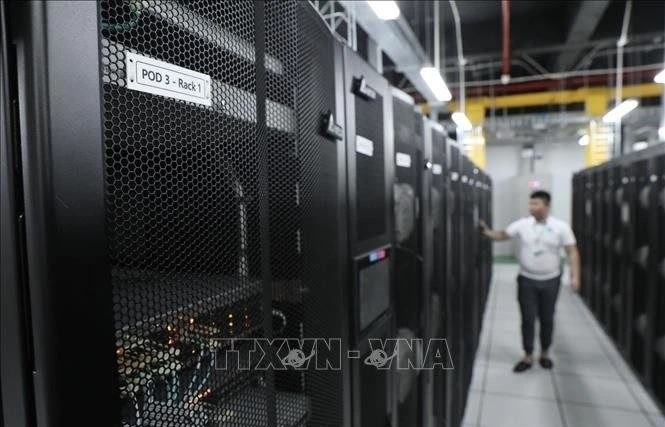Oil-dependent US states sliding into recession: S&P
 |
| An oil drilling platform. (Photo: AFP/Andy Buchanan) |
The report came as President Donald Trump moved to reverse decisions by the previous administration to block the Keystone XL and Dakota Access pipelines. Trump also has pledged to open more areas up to exploration and production, which will cheer investors but would not necessarily help states' economic growth.
Of eight oil-dependent states tracked by S&P, only two, Montana and Texas, did not rank among the 10 weakest state economies, according to the report. Texas, helped by its relatively more diverse economy, nevertheless will fall to 36th in growth for 2016.
"The sharp pullback in exploration and production during the past 18 months has inflicted considerable damage on the economies of the oil-producing states," S&P said.
And even if prices rise again, producers likely would renew investments in shale oil production, which would put downward pressure on prices. This more or less caps prices at US$60 a barrel, meaning state economies will level off with only modest recoveries.
Despite gains in recent months since November's production cut deal by the Organisation of the Petroleum Exporting Countries, benchmark US crude prices remain less than half of what they were in September 2013, when a barrel of West Texas Intermediate topped US$110.
Light, sweet crude for March delivery finished Tuesday at US$53.18 a barrel. The US Energy Information Administration forecast prices will not exceed US$55 through 2018.
FISCAL PLANNING
In addition to slashing revenues in oil-dependent states, the price drop caused producers to cut investments in infrastructure.
Commerce Department figures show a 35 per cent annual decline in US fixed investment for petroleum and natural gas in 2015 alone, and indicate that decline continued in the first three quarters of 2016.
"North Dakota's economy has suffered the largest declines, going from having the fastest-growing economy in the US in 2014 to the state with the most pronounced contraction in 2015 and (likely) 2016," the report said.
And there are not many options for these states.
Even if Alaska triples its fuel tax, supplements revenues with investment earnings and puts limits on dividend payments to state residents, the state still would face a US$900 million budget gap, according to the report.
Elizabeth McNichol, an expert on state fiscal issues at the Centre on Budget and Policy Priorities in Washington, told AFP the volatility of energy revenues demonstrated the need for states to maintain rainy day funds and use prudent fiscal planning.
The heady days of triple-digit oil prices caused some state legislators to be short-sighted.
"It's important to look ahead for downturn and some of these states did the opposite," she said.
What the stars mean:
★ Poor ★ ★ Promising ★★★ Good ★★★★ Very good ★★★★★ Exceptional
Latest News
More News
- Tropical storm Trami leaves at least 24 people dead in Philippines (October 24, 2024 | 17:36)
- Singapore grants conditional approval for solar power import from Australia (October 24, 2024 | 17:27)
- ASEAN digital economy set to reach $2 trillion by 2030 (October 22, 2024 | 15:08)
- Thailand asks Laos to waive visa fee at border checkpoints to boost tourism (October 21, 2024 | 17:23)
- Laos pledges to continue efforts to empower girls (October 21, 2024 | 17:17)
- Chinese electric vehicle maker to build plant in Indonesia (October 21, 2024 | 17:12)
- Vietnam Elevator Association introduces Elevator Safety Application to the world (October 18, 2024 | 09:00)
- A taste of the future - the go-to spot at the Worldchefs Congress & Expo 2024 (October 15, 2024 | 16:11)
- Jakarta to impose household waste levy (October 14, 2024 | 16:49)
- China, Laos plan to build connectivity development corridor with Thailand (October 14, 2024 | 16:19)




















 Mobile Version
Mobile Version